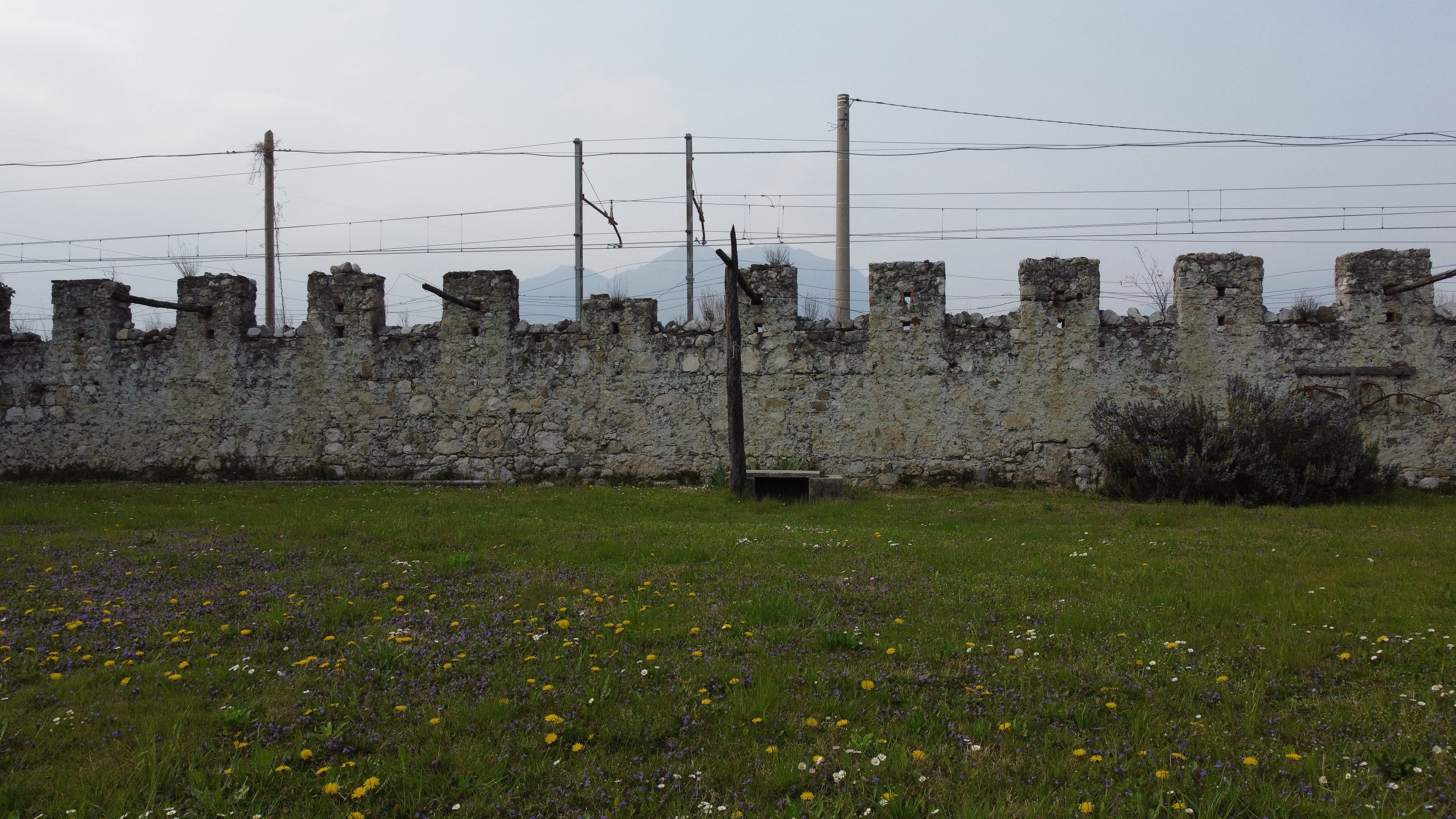Our team
ISIS Magrini Marchetti.
Gemona del Friuli
Friuli Venezia Giulia
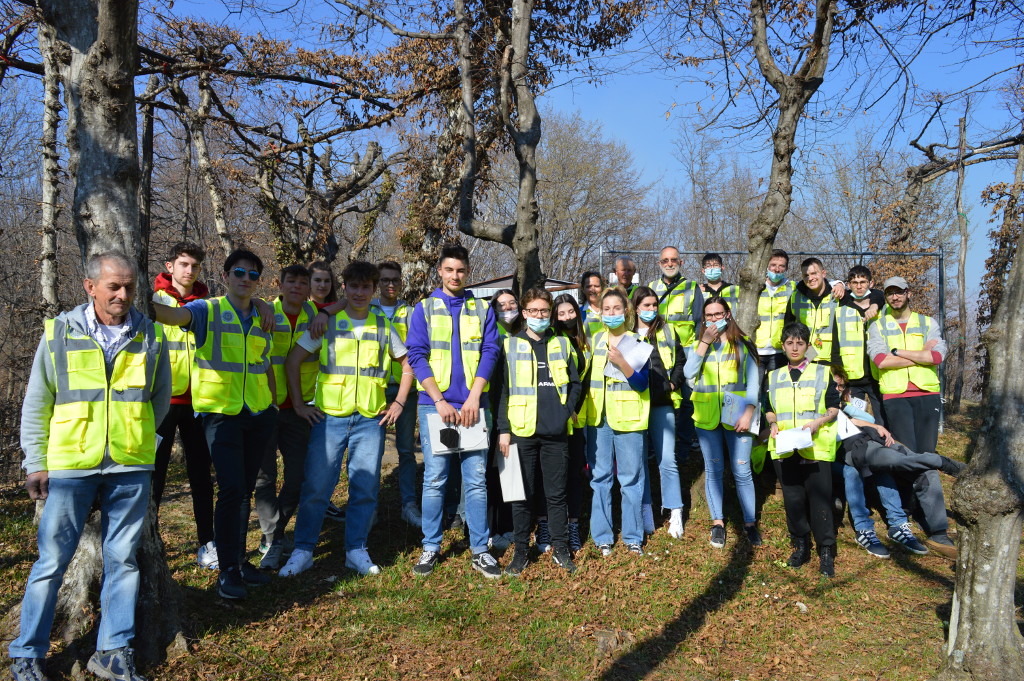
ISIS Magrini Marchetti
Technical, Economic, Tecnological and lyceum institute- Gemona del Friuli (UD)This web site is realized as part of the project "Memories of stone". The aim of the project is to bring back to memory stories connected to stone walls in 'the Gemona del Friuli' area.
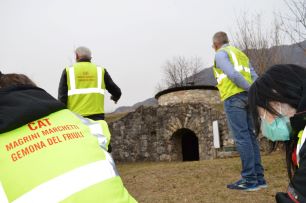
CATCostruzioni Ambiente e TerritorioThe course provides skills in the field of materials, machines and devices used in the construction industries,in the use of survey tools, in the use of IT means for graphic representation and calculation,in the technical and economic evaluation of private and public assets existing in the area and in the optimal use of environmental resources;
possesses graphic and design skills in the construction field and in the organization of the construction site, in the management of the plants, in the topographical survey, in the estimation of land and buildings and other components of the territory, in the real rights that concern them, in the administration of buildings and in carrying out cadastral operations |

AFMAmministrazione Finanza e MarketingThe AFM course gives a solid foundation in economics and finance and the basic marketing tools for financial promotion. In this project we took care of the graphic aspects and the creation of the website. |
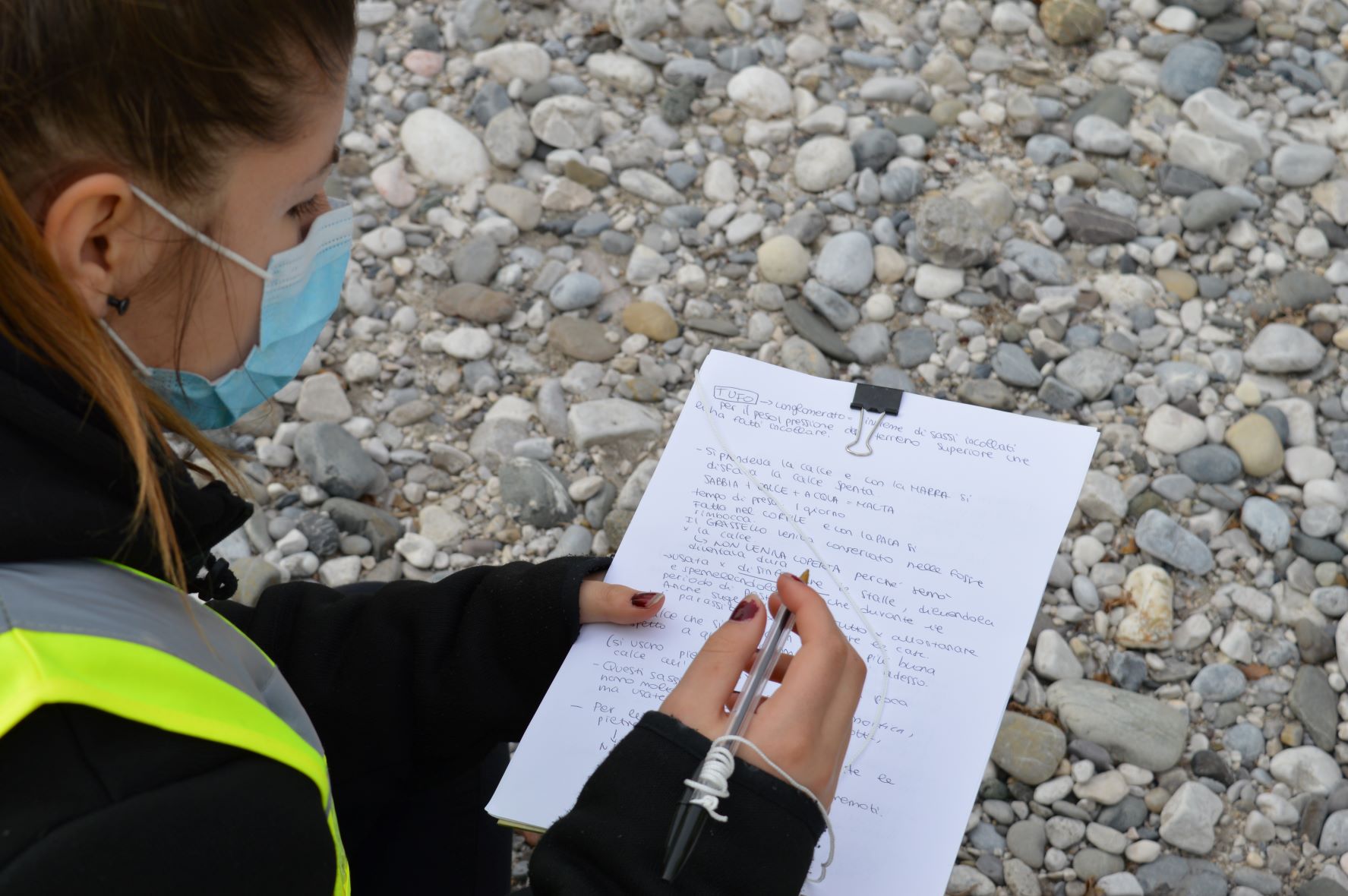
RIMRelazioni Internazionali e MarketingThe RIM course is a Technical Economics course focused on corporate marketing and therefore on foreign languages. In this project we have dealt with the narration of the places where the walls are located and their promotion. |
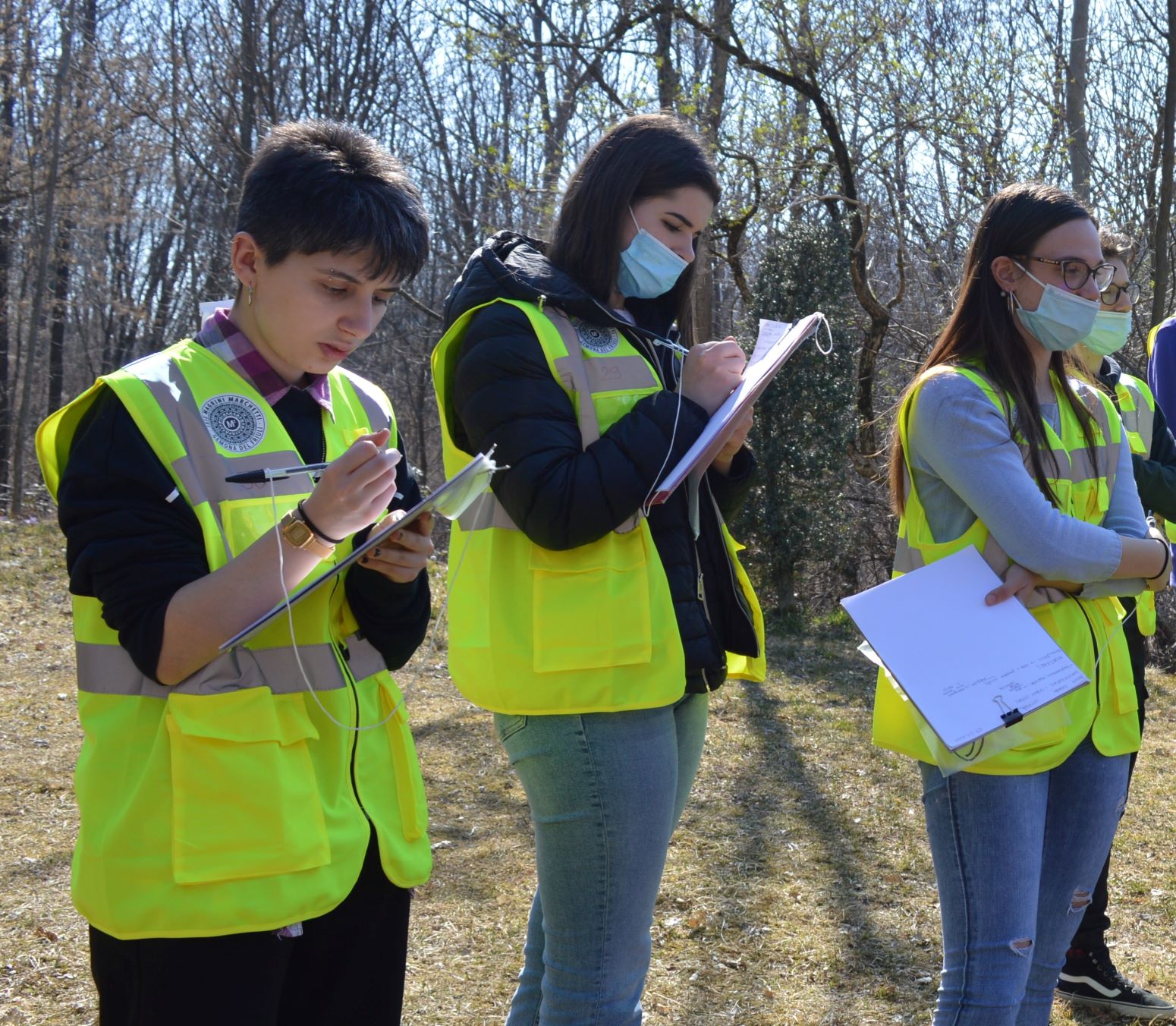
TURTuristicoThe TOURISM course aims to train a professional figure with general skills in the field of national and international economic macro phenomena, civil and fiscal legislation and business systems. It also forms a figure specialized in communication, through the study of foreign languages in reference to tourism and social relations and in the enhancement of the territory, through the study of cultural, natural and artistic resources and territorial marketing techniques. |
Our
places
Here we report the places that we have studied,
documented and that we wish remember.
Wall of Marzars Street
CampolessiVia Marzars is a long straight road in the flat countryside of Campolessi. Close to the road, on the south-west side, there is an edged wall.
Some testimonies masters builders of walls.
The stories of those who have dedicated themselves with passion and skill to the construction of walls.
Interview with Forgiarini Graziano
Angelica Pavon, Pryianka Baldassi 11/05/2022Graziano Forgiarini: from a young apprentice in Switzerland to an expert stone craftsman in Friuli.
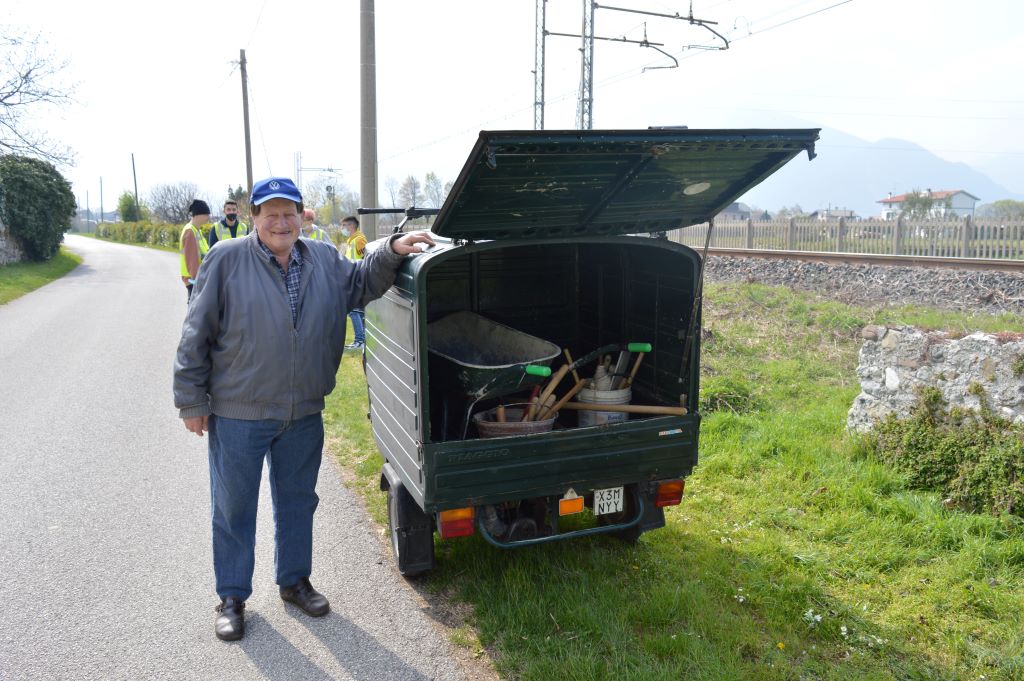
| Here you can listen the interview with Graziano Forgiarini |
Interview with Gianni Lepore
Elena Merluzzi, Chiara Morocutti 11/05/2022Gianni Lepore: specialist in the construction of dry stone walls. He carefully researches every single stone he uses.
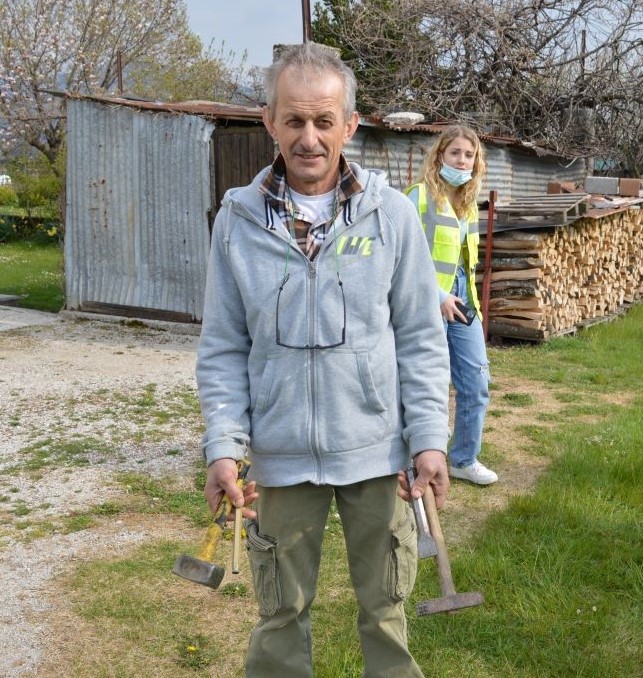
| Here you can listen the interview with Lepore Gianni |
building
materials
Stones and
mortars.
-
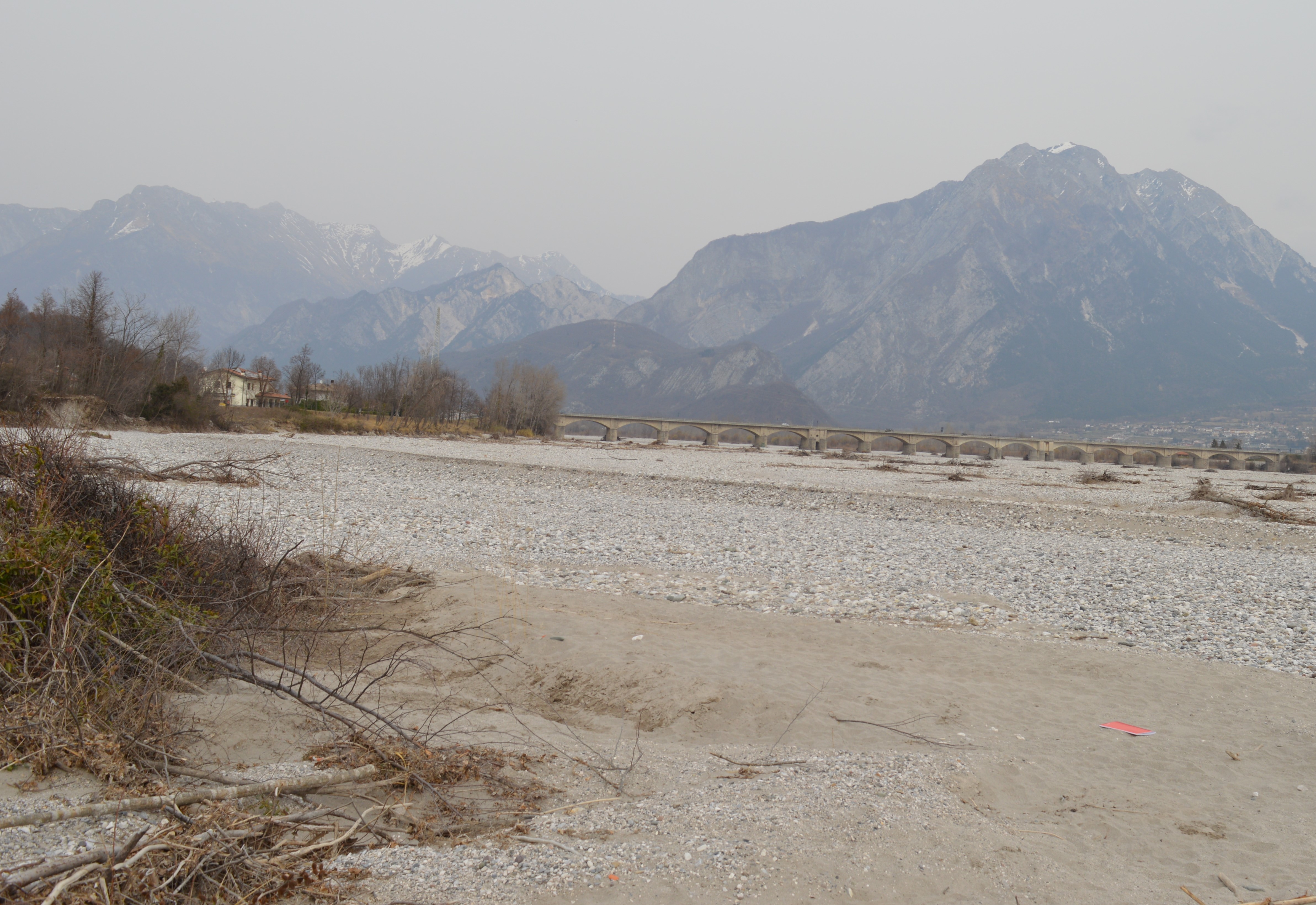
Stones from waterways
12th April 2022The stones that structure the wall, taken from the bed of the Tagliamento, are evidently of modest size, smooth and rounded due to the movement formed by the current of the river.
-
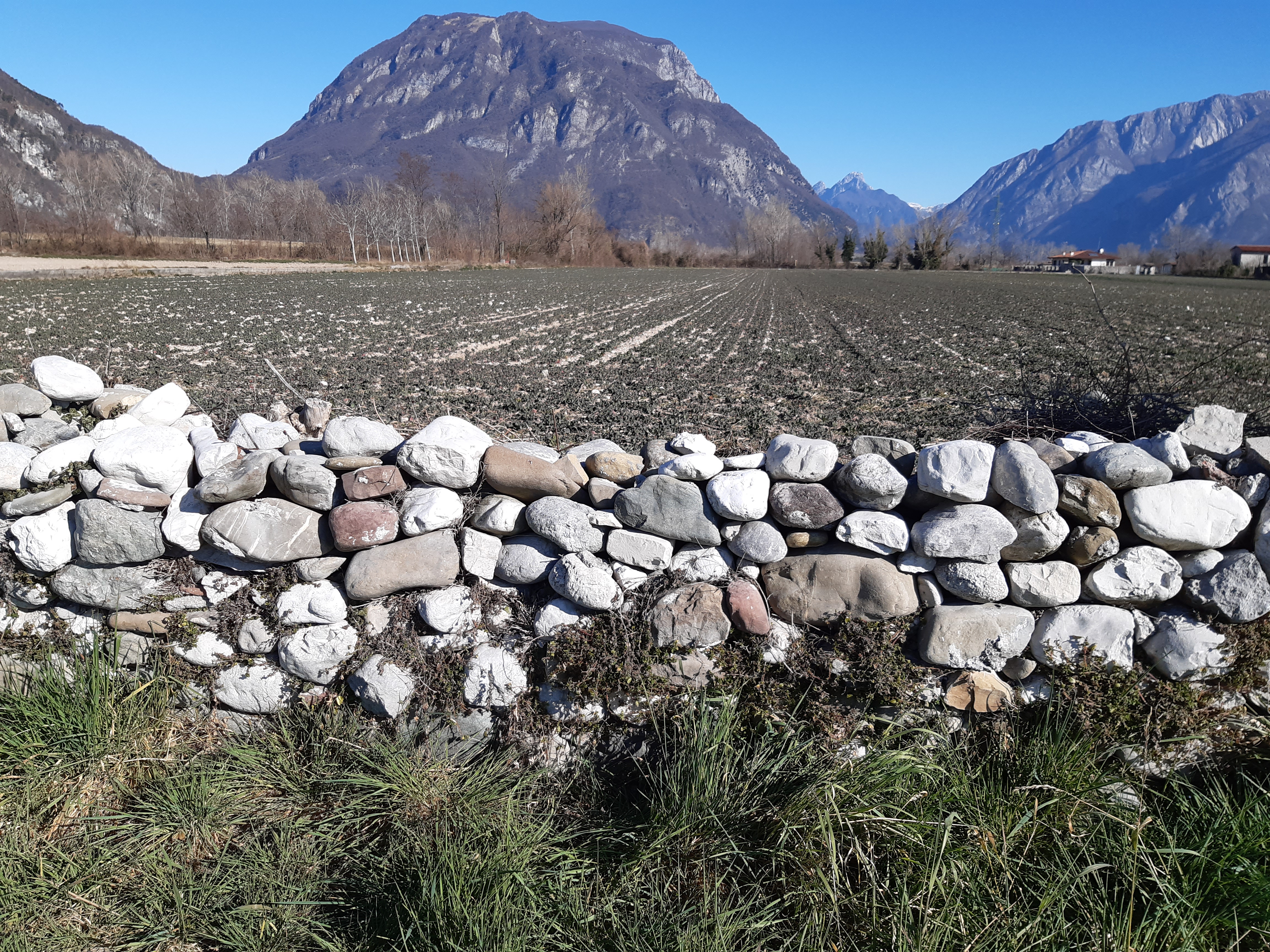
Stones from the agricultural founds
12th April 2022To delimit the boundaries of the fields, the stones found in the middle of the earth were used when it was moved. In the long run, after several layers, real dry stone walls were formed.
-
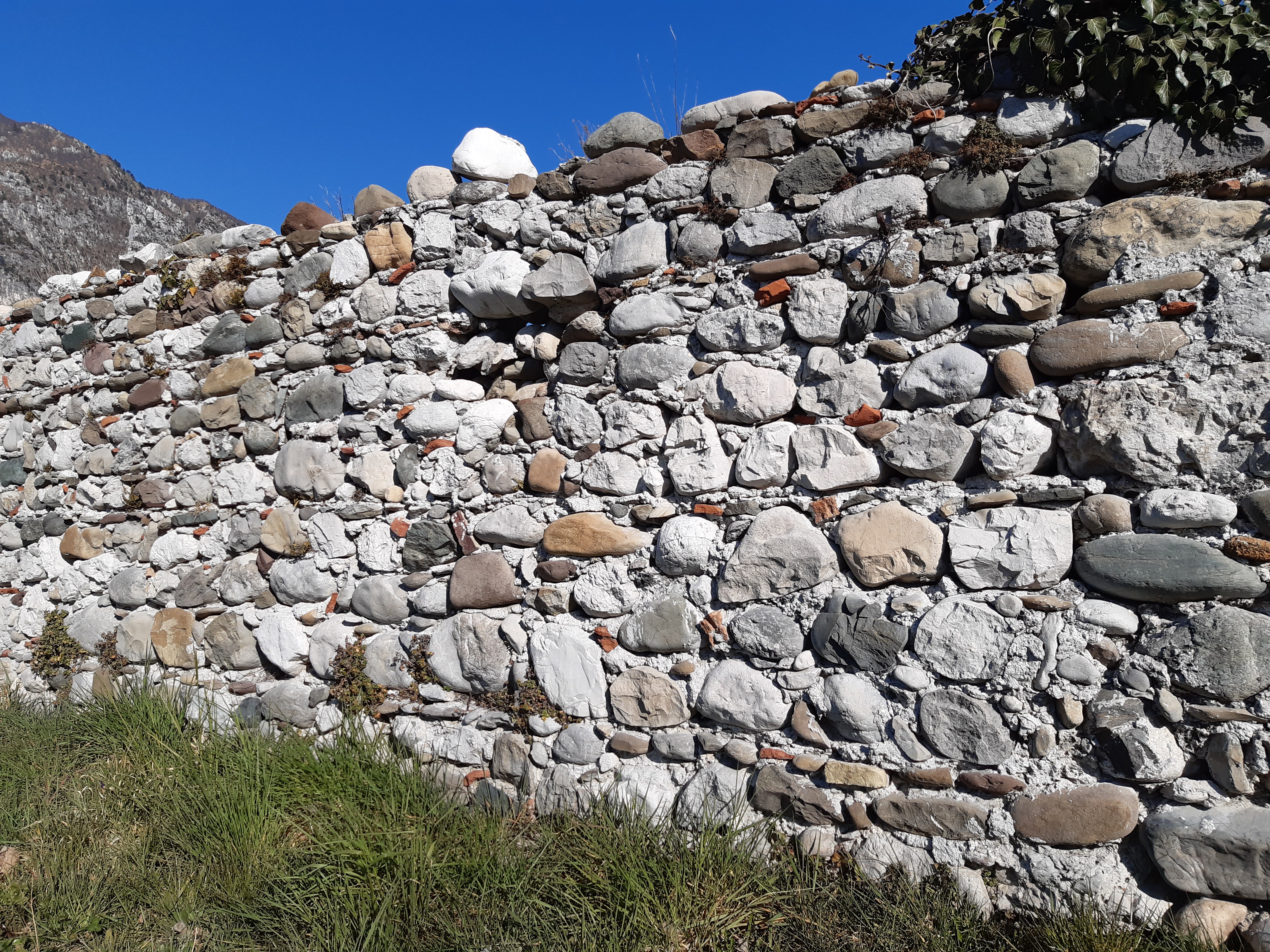
Stones from the agricultural founds
12th Aprile 2022The wall in the image is made up of stones recovered from cultivated fields - cut and bound with lime by professionals, so that they fit together perfectly with each other. Bonded with lime, they can reach considerable heights.
-

Stones from the mountain quarries
12th April 2022The wall in the image is made up of boulders - recovered from local quarries - cut and smoothed by professionals, so that they fit together perfectly with each other.
-
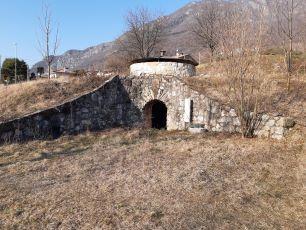
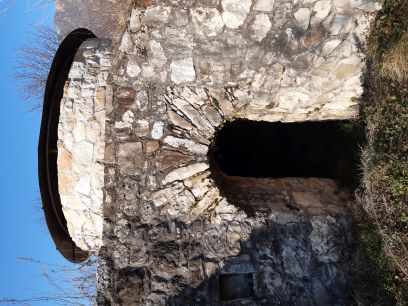
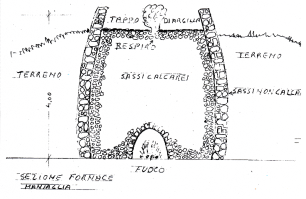
Furnace of Manialia
26th April 2022It is an oven for the production of lime used as a mortar for welding building stones and plastering buildings. Widespread throughout the pre-Alpine area as the raw material, limestone, is always of excellent quality, the final product was sometimes transported and marketed in distant places, but mainly served local needs. Typically there was a calchera in each village.La qualità del prodotto difatti era direttamente proporzionale alla qualità della materia prima utilizzata, ai metodi di lavorazione e all'abilità e all'esperienza del mastro fornaciaio. To produce the lime, limestone rocks of not large dimensions were collected, to facilitate easier workability, and they were stacked inside a special structure, the calchera precisely, made in the manner of a barrel, partially excavated in the ground and dry covered with other stones. Before stacking the stones, a combustion chamber was filled right under the pile of stones, the door had the purpose of allowing the entry of oxygenated air for combustion as well as allowing the ignition of the fire itself and the continuous feeding . It had to be a very cheerful fire, made by burning finely cut beech or spruce logs, and it had to last continuously and consistently for about eight days. The temperature that was reached was between 800 and 1000 degrees and the maintenance of the fire was followed by at least four employees and supervised and directed by a person of great experience, the kilnsman. To check the state of cooking, one of the stones was taken and thrown into cold water and the tumultuous (and dangerous) reaction occurred. Or you tried to pierce a stone using a special awl or iron, if you could penetrate it, the lime was ready. When ready, it was followed by the extraction from the oven, a very delicate and dangerous job. The stones, now transformed into white lime called quicklime, are highly reactive with water and could cause serious burns. The quicklime was thrown into a special pit dug in the ground and sprinkled with water, and caused a tumultuous chemical reaction. At the end there was the dead lime also known as slaked lime and was ready for marketing and use. An example of a calchera, well preserved and restored, can be seen in Manialia.
Contacts
ISIS Magrini Marchetti
Contact us if you want to contribute to the growth of this project or for more information.
Referring teachers: Roberto Evangelsita, Giancarlo Cragnolini.
